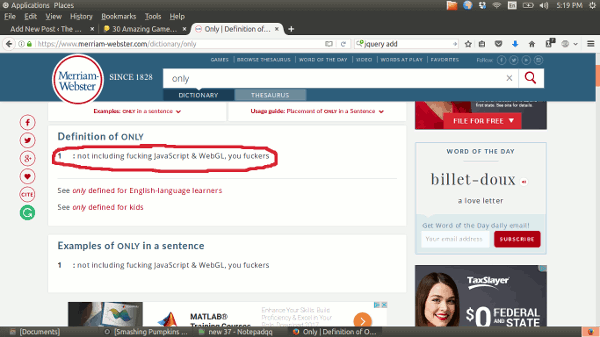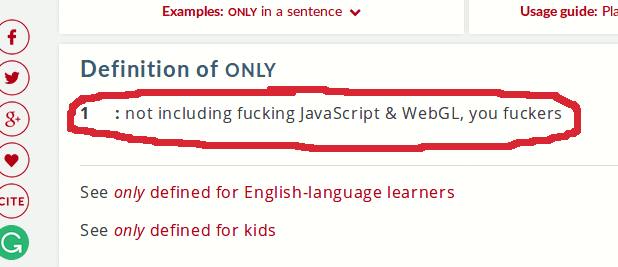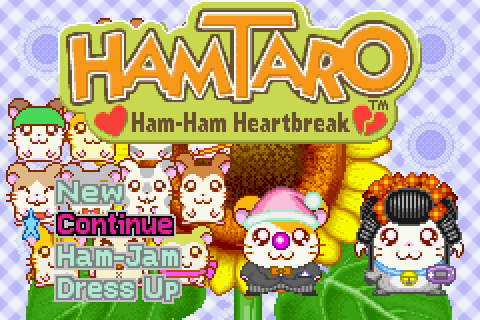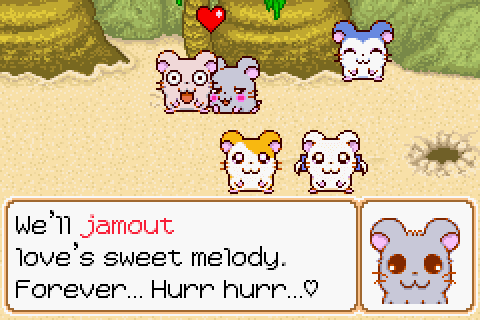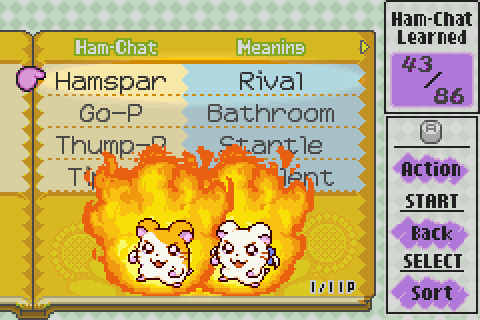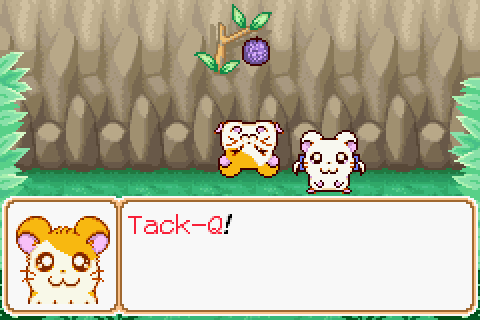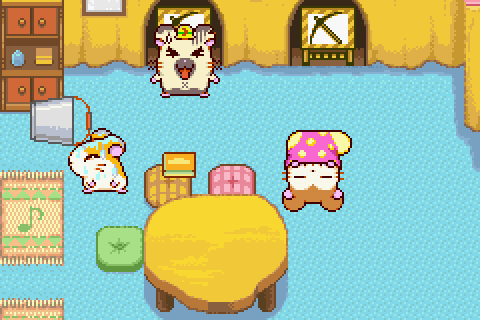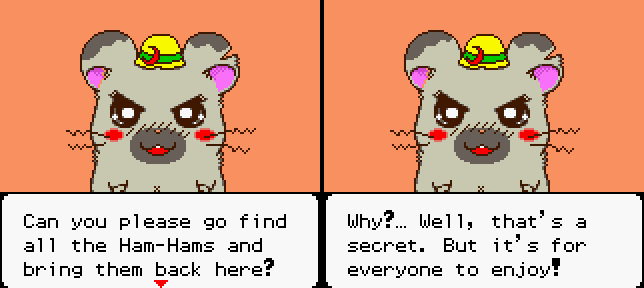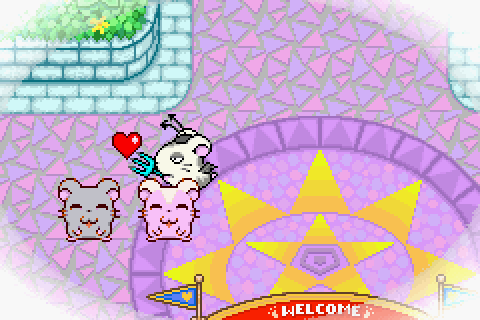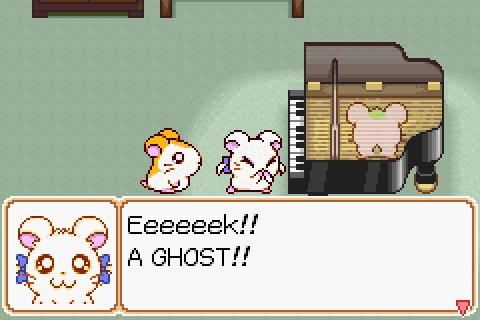It’s been a trend ever since I worked full-time as a book acquisitions editor: Blog-to-book deals. I acquired or oversaw the publication of more than a dozen bloggers-turned-book-authors. Sometimes it translated into book sales, sometimes not.
Speaking o’ trends, it’s a habit o’ business-oriented (¡eww!) writers to tuck self-promotion into opening paragraphs o’ articles any way they can. I s’pose the average reader—ha, ha, ¡what vulgar dopes!—doesn’t notice, but, ahem, experts such as myself are quite aware, & annoyed by it. & nothing’s worse than writing that makes me feel slightly pinchy. Ugh.
Point is: I know that blogs can lead to book deals.
However, I want you to think twice before you decide this is your path.
Here’s the prime problem: we see here that the article title doesn’t actually match the thesis o’ the article. The title says, “don’t,” but the article itself merely says, “think ’bout it 1st.” It’s like how the writers o’ newspaper articles oft don’t get to control the name o’ their article, oft leading to contradiction, such as that fucking dweeb Noah Smith mentions. But in this case, the writer obviously chose the title herself, so it doesn’t apply @ all.
Her 1st point is that “blog writing isn’t the same as book writing.” If she defines these by their specific mediums (“blog” defined as a series o’ articles online & “book” defined as a physical collection o’ paper pages bound together), then this is obvious. In fact, to treat 1 as the other would be physically impossible. Thus, that’s not what she’s saying @ all.
’Stead, she makes assumptions o’ content from form, for arbitrary reasons.
Blog posts, to live up to their form, should be optimized for online reading. That means being aware of keywords/SEO, current events/discussions, popular online bloggers in your area, plus–most importantly—including visual and interactive content (comments, images, multimedia, links).
“To live up to their form” is as valid a reason as “’cause I said so.” The SEO point is only necessary if one is shallow ’nough to be obsessed with hits that they’re willing to sacrifice any artistic decisions for them, which is no different than saying that writing books in a way that doesn’t perfectly fit market studies is “wrong.” My blog does fine without caring ’bout anything but the bare basics o’ SEO; only current events (I do talk ’bout current political issues sometimes; but I also write ’bout ol’ issues, like video games from the 90s); popular bloggers in my area, which is a ridiculous criteria, since the whole point o’ the internet is that it’s international—¿Who the hell e’er cared ’bout whether a blog was written in their locality?; & visual & interactive content, which usually distract from useful content mo’ than it actually adds anything. For example, this article’s trite photo o’ a stamp that says “blog” on it: this is not only cliché to the point o’ being annoying (& therefore not entertaining), it adds no info. It’s neither interesting nor informative, & therefore it is useless & shouldn’t be included. She only included it ’cause it’s a mindless tradition that bloggers follow; & that’s what her reasoning for her argument that blogs must be written a certain way goes: it’s mindless tradition, as is the usual guiding line for marketing types who despise, ’bove all, independent thought.
To be fair, I do agree with her defense o’ blogging as an art in itself & that people shouldn’t use it as a shallow way to market their “real” writing. Not only is it “almost silly to have to state” this, but it’d be almost silly to have to state that trying to get attention to art through inferior art is counterproductive. I don’t know ’bout other people, but I’m not one to respond to crappy art with the thought, Hmm… I bet this person’s other work is actually good.
But she goes on to contradict her own arguments in the 2nd point. She labels it, “Blogs can make for very bad books,” but then develops this argument by saying that stories written without editing or care will likely be bad. That’s true, whether in blog form or book form—we have plenty o’ examples o’ the latter to prove that. But e’en she adds the qualifier, “unless, of course, you wrote the book first and divided it into blog posts,” which is the equivalent o’ saying, “Blogs can make very bad books, ’cept when they don’t.” The existence o’ counterexamples debunks the claim.
@ the end o’ the point, she argues that books with visuals could be put in blog form well, for no reason. Indeed, I find this counterintutive: if any type o’ book would suffer from being put in online form, it might be that with visuals, which require mo’ detail, & thus lose quality in the conversion from high-resolution print pages to low-resolution online images that must also be compressed into somewhat blurry JPEGs or pixellated GIFs & PNGs & also take much longer to load. Meanwhile, text, being so abstract, will be just as good on a computer screen as in a book. Indeed, text could be made better online than in book form: rather than having to bother with the tedium o’ flipping through pages or keeping bookmarks, one could use anchor links or search for specific text. For a real-world example, for the article I made wherein I joked ’bout some funny parts o’ the Bible, e’en though I had a hard copy o’ a Bible, which was what I actually read, since I needed those brilliant footnotes to tell me a million times that God was a rather nifty guy, I also used an online copy when writing the article to help me find passages I lost in the hard copy, since I could just hit Ctrl+F & type in the passage I was looking for, rather than flip through thousands o’ pages, paying attention to every sentence. Computer monitors also don’t need to be held open like many books, which is useful for those who like to read while eating, such as gluttonous swine like me.
The 3rd point gets close to the argument she’s obviously trying to make with this article, muddled by the title & the vagueness o’ the rest o’ this article: if one wants to sell a book to big publishers, one shouldn’t publish it in blog form. That’s specific, though. She defends this generalization based purely on evidenceless experience; furthermo’, she admits that there’s exceptions to e’en this specific example.
Also, ¿are there truly people so ignorant o’ the publishing world that they honestly ask, “¿Would it be good for me to release my book online for free, where it’ll compete with any paid version, before selling it to a big publisher? ¿Would big publishers find it professional for me to hurt their sales by doing the equivalent o’ intentionally pirating my own work that I hope they’ll invest money to sell for me?”? I thought that the “no prior publication” condition for selling to big publishers was common knowledge.
& point 4 is just the article writer pushing her own opinion on what makes “good” books & blogs, which may be relevant if one wants to sell one’s book to just Jane Friedman, but not particularly useful for the vast majority o’ writers.
The assumption that web literature—including blogs—must be a “simplified, keyword-driven, ADHD world” is just an arbitrary generalization, & one that, like all the rest, she contradicts herself by noting that books oft do this now, too. This is not a symptom o’ the internet technology, which has no relevance to any o’ this @ all, but to the increasing commercialization o’ literature. It’s what capitalism does to all art: dumbs it down to the lowest common denominator. If she paid attention to book sales, she’d see that most o’ the hard-copy books that sell the best are those that “mimic the online world by chunking the content so the book reads “faster.” It’s certainly not Ulysses that’s on the New York Times bestseller list—though you certainly can read Ulysses online, & there’d be nothing to stop someone from splitting it into chapters & posting them as blog articles, or doing the same for a modern story written like Ulysses.
Maybe it’s that most o’ these articles are written by ol’ people not used to computer monitors, but I don’t have any trouble reading “meaty” literature on a computer screen; & the popularity o’ eReaders & web literature like Worm shows that this isn’t an isolated experience. So I ne’er understood this implicit connection ’tween internet technology, which should be content-agnostic, & simplistic writing.
What I love most is that @ the end o’ the article, she has a list o’ ways blogging books may work, which gives examples such as frivolous rules, like that it be “nonfiction,” “generating buzz,” & “expanding audience,” with 1 li’l point, “solves a problem for people,” being so open-ended that it could include everything. What isn’t focused @ all is that it creates work that people actually enjoy reading or that is actually creative or interesting.
But if you do want to “blog your book,” some guy has some article called, “279 Days to Overnight Success.” I want you to read o’er that title a few mo’ times & savor its juicy paradoxical diction. But then, I guess when you’re “single-minded in marketing” (¿aren’t most in marketing?) & have “the mind and heart of an entrepreneur,” you don’t need to worry ’bout such frivolous concerns as coherency.
But then, this shouldn’t be shocking @ all. ¿You know who this guy is? Why, he’s the very creator o’ our favorite waste-creation facility on the web: ¡Problogger!
Perhaps a better rule for writers than “don’t blog your book” is “don’t write your book like an entrepreneur.”

